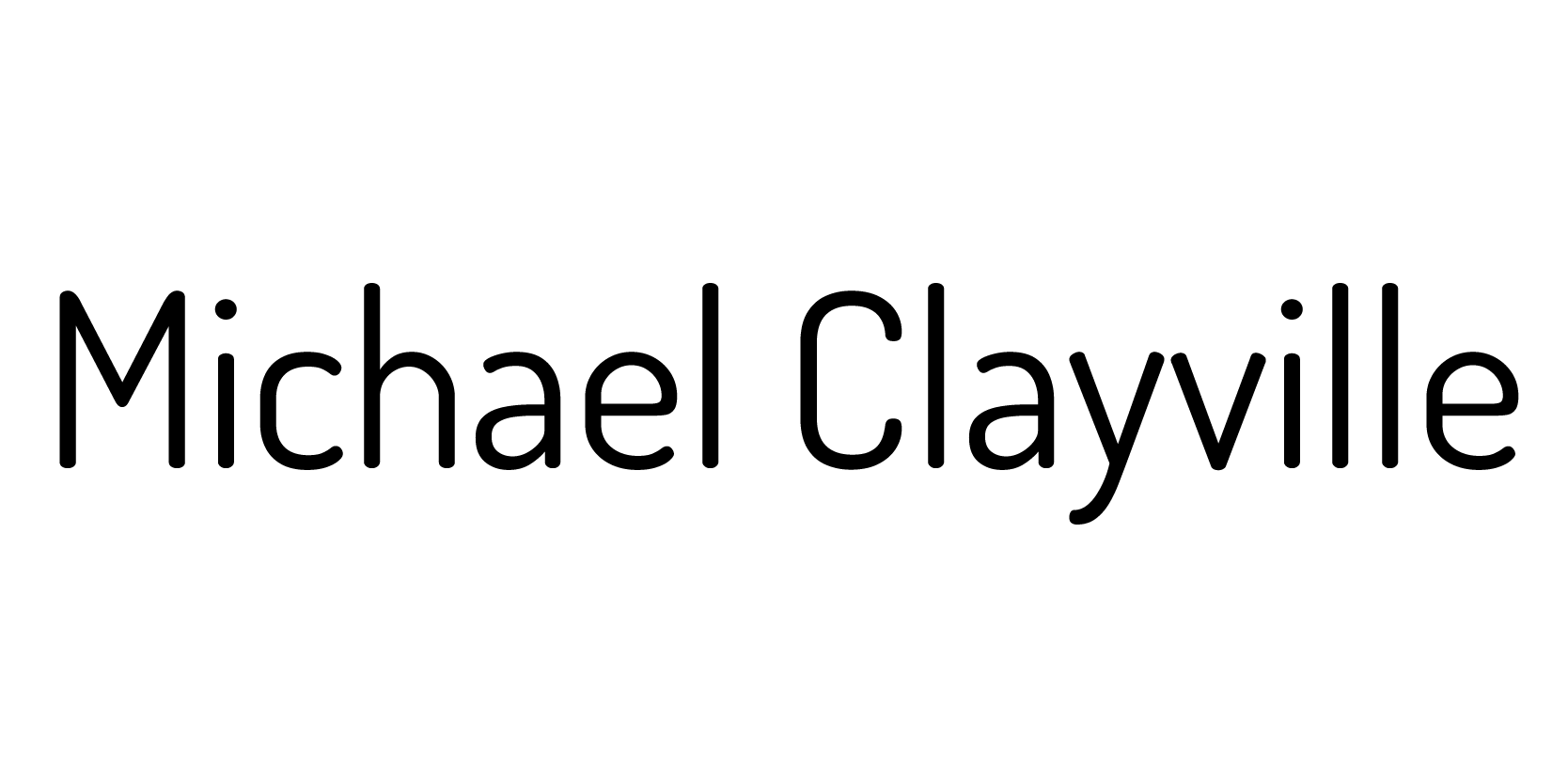Gavin Chuck, Alarm Will Sound’s Managing Director, and I had the incredible opportunity to speak to Andrew Hitz, former tubist with the Boston Brass, about all aspects of the group’s programming and business model. We covered everything from their innovative partnerships to how they successfully navigate the music business as a performer-led ensemble.
Tag: Alarm Will Sound
The Future is “Now”
This is a cross post from Alarm Will Sound.
It is in Alarm Will Sound’s DNA to be current: one of the missions of the group is to perform music that reflects the contemporary world. It is also in our DNA to take chances and put ourselves out of our comfort zones: performing complex music by memory, doing productions that require singing/acting/choreography.
These instincts turn up in our use of technology as well.
Recently, Alarm Will Sound performed a concert at Cleveland State University. In a traditional way, it was videotaped from multiple angles and recorded. The files will eventually be edited together and we hope to share it with you when it’s done… the process will take several months.
On the other hand, there’s already at least one video of the performance on Youtube.
You can see it now.
We also took “now” a step further. We chose to livestream the performance via Periscope. It was a decision made with consideration. In the pro column was “expand the audience to possibly include people who had never heard of Alarm Will Sound,” in the con column was “there is no substitute for being in the concert hall” and “sometimes things happen in live performance, if something goes wrong this could be recorded for posterity.”
I’m proud of the fact that Alarm Will Sound takes chances and tries new things and in the end we streamed the show. It was by no means a high-end production. Unlike the webcasts of the Metropolitan Opera or even most colleges and universities, we had no announcer, no captions, no multi-camera setups, not even a tripod. One person held an iPhone in the balcony of the hall giving an excellent view of the action albeit with peaky audio.
It was exciting to me to think we could be connecting with people outside the concert hall, but at the same time I worried about minimizing the importance of “being there.” Would, in the future, people chose to sit at home and view a performance over going to a venue? I feel it has happened in a general sense with movies. But surely hearing music in person is a unique experience that can’t be replicated anywhere else? Filmmakers may say the same about film in movie theaters, opera fanatics may say the same about opera in the hall. Yet the Metropolitan Opera has “opened a new revenue stream” with their broadcasts in movie theaters (repurposed from showing movies to showing things in the now).
The professional video from the five cameras in the hall will no doubt be an excellent product and I can’t wait to share it with you, but maybe that’s the thing… I’m so excited I can’t wait. I’d probably be less self-conscious about the choice to stream if the production value were as high as the Met’s or even as good as what we’ll end up with when the editing is done.
To be fair, high production is probably not Periscope’s intent. Just as Instagram isn’t about creating press quality photos, Periscope doesn’t seem to be about a substitute concert experience. Would it have been better to not stream the performance and wait three or four months? Or was there some connection made by sharing the action in the moment? The choice was made and the plan saw through, now is time for evaluation: do we double down and increase the production value or do we take a step back and enjoy the virtue of patience?
New Music Gathering 2015
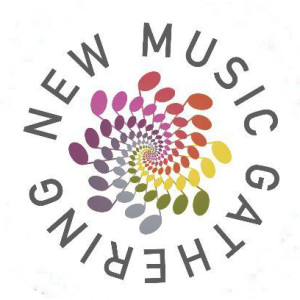
From January 15-17, 2015 New Music Gathering took place at the San Francisco Conservatory of Music. Performers, composers, educators, administrators and fans gathered to discuss everything from engaging the community to the economics of the industry to where to go for the best burrito in the Mission District.
I arrived Friday evening after much of the first day activities (which included what I heard was a fantastic key note address by Claire Chase), but still managed to see and participate in an incredible number of discussions and performances.
Stories of Established Ensembles
The first event I was able to catch was an evening panel discussion entitled “Stories of Established Ensembles”; Sidney Chen and Christina Johnson (of the Kronos Performing Arts Association), Claire Chase (of ICE), and Gavin Chuck and Matt Marks (of Alarm Will Sound) were on stage. Matt moderated the conversation. They each told a bit of the histories of their ensembles and where they are today.
– Alarm Will Sound arose from OSSIA, a student ensemble that Gavin Chuck and Alan Pierson, along with four others, put together at the Eastman School of Music. After completing their degrees they wanted to continue putting together adventurous programs with the people from that group. They also saw a gap in the United States: most every country in Europe has an ensemble devoted to contemporary music. There was no such group in the US.
– ICE came from a proposal Claire Chase made while at Oberlin. From what I understood of her explanation: She formed the idea for a concert event that included educational elements, live performance and recordings. She was told that she should trim back the vision and propose just one thing. “I couldn’t imagine it not being everything.” So she made her proposal as she had originally envisioned and began the mission of ICE.
– Kronos started when David Harrington heard George Crumb’s Black Angels and decided he wanted to play it. He found three other musicians. They moved from Seattle to San Francisco. Sidney talked about the group considering a move to NYC from time to time but always electing to stay in SF because it was part of who they are.
AWS and ICE talked about their current projects: Alarm Will Sound – Alarm System; ICE – OpenICE. There was a question from the audience about the best way to teach entrepreneurship in a college environment. It seemed everyone agreed with Gavin’s answer of “practicum.” “Require students to stage an event, including obtaining equipment and space.” Sidney added, “and give them a budget!”
Composer/Performer Speed Dating
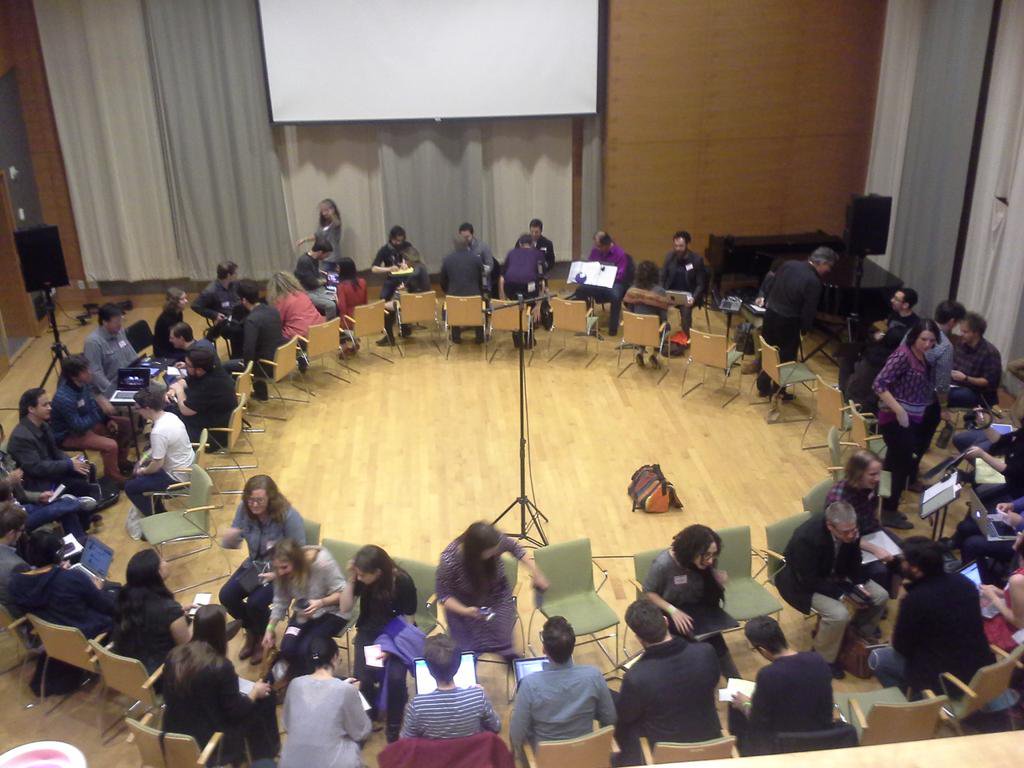
The next event I caught was the morning “Composer/Performer Speed Date.” Great idea, great experience. Composers sat in a circle facing in, performers sat facing them. Performers would rotate every three minutes. It was a great way to make contact and learn a little about one another which may lead to some possible collaborations.
Education Discussion
Daniel Felsenfeld, Kate Sheeran, Brenna Noonan, Pamela Stein and Dan Becker participated in a panel discussion regarding education. They talked about their programs and who they engage. Kate (of the New School at Mannes) talked about The New School Chorus, a community choir that does repertoire from Western choral masterpieces to Eastern European folk singing, classic American jazz and popular song to traditional music. Daniel discussed the NY Philharmonics’ Very Young Composer program which gives students, grades 3-5, the opportunity to write music.
The tendency for students to hide their taste for pop music also came up. Kate remarked how it’s funny how a high school age student will be playing their favorite song from the radio on the piano but immediately stop when a teacher walked past. Where was this hesitancy born? The “stodginess” of teachers? There was general agreement that schools could be more open to all styles.
A Rising Tide: Using Social Media to Grow a Global Audience for New Music
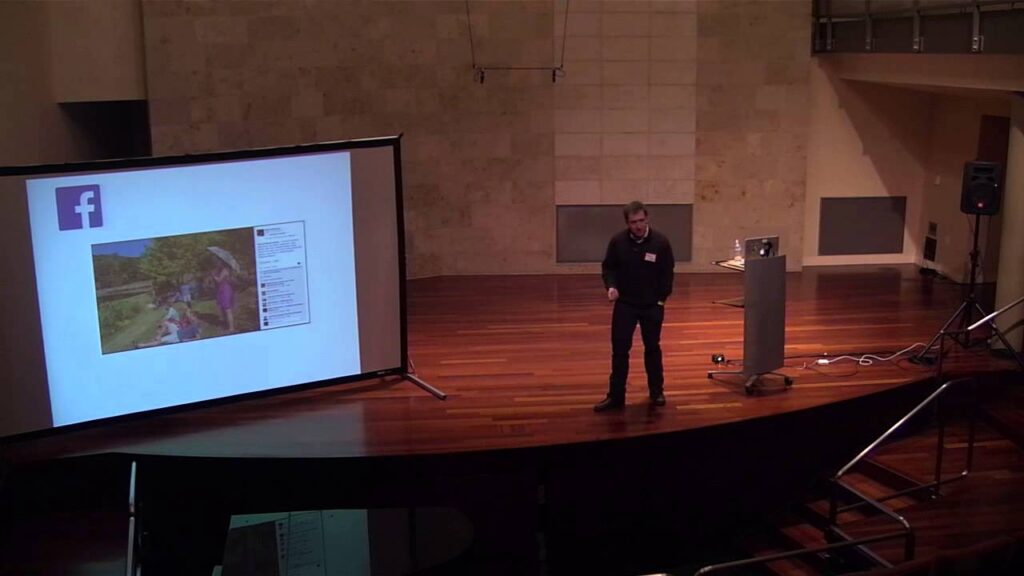
I then gave a presentation on using social media from within a performer-led ensemble and how we as a “new music” community could use social media to grow an audience for all of us. The crux of it: talk about things other than ourselves to get people interested, use the networks with some knowledge of how they operate, celebrate contemporary music as an experience and market that. There was more and there were good questions from those in attendance including Annie Phillips and Matt Marks.
Concert: Joo Won Park
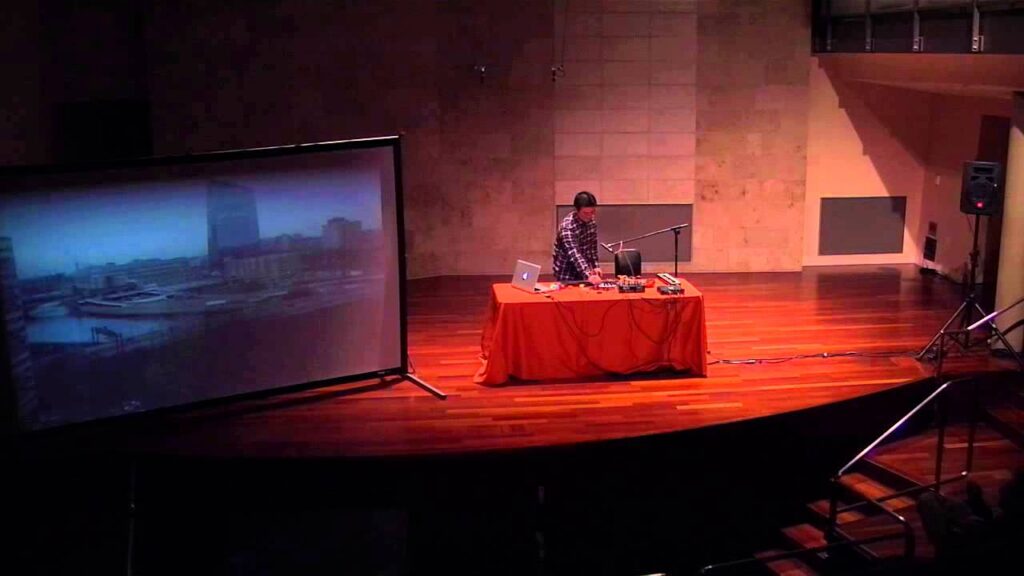
Then I saw a fantastic performance by Joo Won Park. The composer/performer used everything from legos to chains to squeaky toys to a melodica and much more, all routed through SuperCollider to create a fantastic sound experience. The music was varied with moments of serene peacefulness and moments of near overwhelming tension. His pieces incorporated video from time to time, at times showing a closeup of how he was manipulating the objects in front of him, sometimes showing a city skyline with traffic in fast-motion through the course of the day (that image was overlaid with others, creating a dreamy/hallucinogenic effect).
New Music USA and Curing Baumol’s Cost Disease
I arrived late to Kevin Clark’s packed talk. When I entered someone was asking, “so what do we do if the robots take over all the jobs?” Apparently Kevin was discussing the increasing automation (and cost reduction) of certain jobs in the music business (recording, publishing, PR). The discussion was a lively one with questions about “is there such thing as too much new music?” and Eve Beglarian drawing a diagram showing what she sees to be the principle aspects of the performers’ and composers’ jobs:
 She points out the similarities between what each must do and how that “Book” and “Promote” portion of the jobs is the domain of the larger, established corporations. They have connections and distribution.
She points out the similarities between what each must do and how that “Book” and “Promote” portion of the jobs is the domain of the larger, established corporations. They have connections and distribution.
All-in-all it was a far-reaching, engrossing discourse. Cut short, like many of the events of the week, by not enough time.
Unfortunately I had to depart after that missing the panel discussions on women in music, technology and community engagement.
